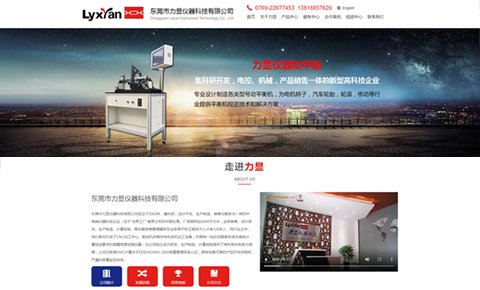Use phpqrcode via Composer to generate QR codes in PHP. 2. Customize size, margin, and error correction levels for better readability. 3. Overlay logos using GD/Imagick without covering more than 20% of the center. 4. Embed QR codes directly in HTML using base64-encoded data. 5. Secure sensitive data with input sanitization, URL encoding, HTTPS, and AES-256 encryption.

If you want to generate QR codes using PHP, several libraries and techniques can help. Here's how to create and use QR codes effectively:
The operating environment of this tutorial: MacBook Pro, macOS Sonoma
1. Use the phpqrcode Library
phpqrcode is a widely used open-source library that allows PHP applications to generate QR codes without relying on external APIs. It runs entirely on the server side and supports various output formats such as PNG, SVG, and text-based representations.
Download the phpqrcode library from its official repository or via Composer by running: composer require chillerlan/php-qrcode Include the autoload file in your script: require_once 'vendor/autoload.php'; Create a new instance of QRCode and pass the data string to be encoded Call the render() or output() method to display or save the QR code image2. Generate QR Code with Custom Size and Error Correction
You can adjust the size, margin, and error correction level of the generated QR code for better readability and design integration. Higher error correction allows the code to remain scannable even if partially damaged.
立即学习“PHP免费学习笔记(深入)”;
 码上飞
码上飞 码上飞(CodeFlying) 是一款AI自动化开发平台,通过自然语言描述即可自动生成完整应用程序。
 138 查看详情
138 查看详情  Set the desired ECC level using constants like QR_ECLEVEL_L, QR_ECLEVEL_M, QR_ECLEVEL_Q, or QR_ECLEVEL_H Define the pixel size per module (e.g., 10 pixels per dot) and margin around the code Pass these parameters when calling the output function to customize appearance Save the output to a file path or stream it directly to the browser with proper headers
Set the desired ECC level using constants like QR_ECLEVEL_L, QR_ECLEVEL_M, QR_ECLEVEL_Q, or QR_ECLEVEL_H Define the pixel size per module (e.g., 10 pixels per dot) and margin around the code Pass these parameters when calling the output function to customize appearance Save the output to a file path or stream it directly to the browser with proper headers3. Embed Logo or Customize Appearance
To make your QR code visually appealing, you can overlay a logo or change colors while maintaining scannability. This requires post-processing the image using GD or Imagick after generating the base QR code.
Generate the base QR code and save it as an image resource Load a small logo image (preferably transparent PNG) and resize it to fit the center Use imagecopy() or similar GD functions to merge the logo onto the QR code Ensure the logo does not cover more than 20% of the center area to preserve scan reliability4. Output QR Code Directly in HTML Page
Instead of saving files, you can dynamically serve QR codes within web pages using base64-encoded image data embedded in the src attribute of an img tag.
Start output buffering and generate the QR code as a PNG Convert the image content to base64 using base64_encode() Embed it in an HTML img tag like: <img src="data:image/png;base64,[encoded-data]"> This method avoids file storage and enables real-time generation per request5. Secure Data in QR Codes
When encoding sensitive information such as login tokens or personal details, always sanitize input and consider encryption before placing data into the QR payload.
Apply URL encoding to special characters to prevent parsing errors Use HTTPS links instead of plain HTTP when redirecting through QR codes For confidential content, encrypt the message with AES-256 and include a secure key exchange mechanism Avoid storing raw passwords, API keys, or private identifiers in plain text format inside the QR以上就是怎么用php做二维码_PHP二维码生成与使用方法教程的详细内容,更多请关注php中文网其它相关文章!









